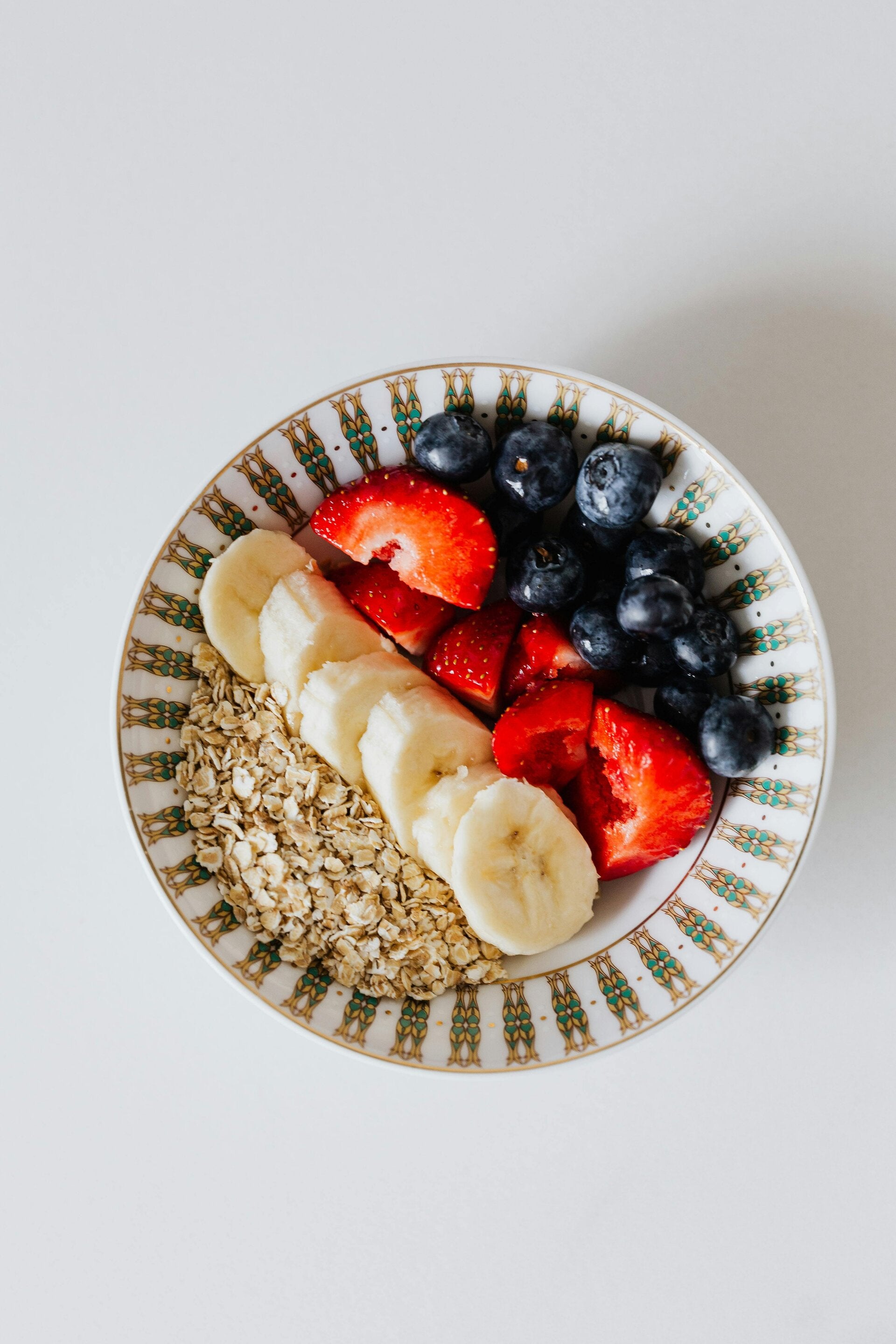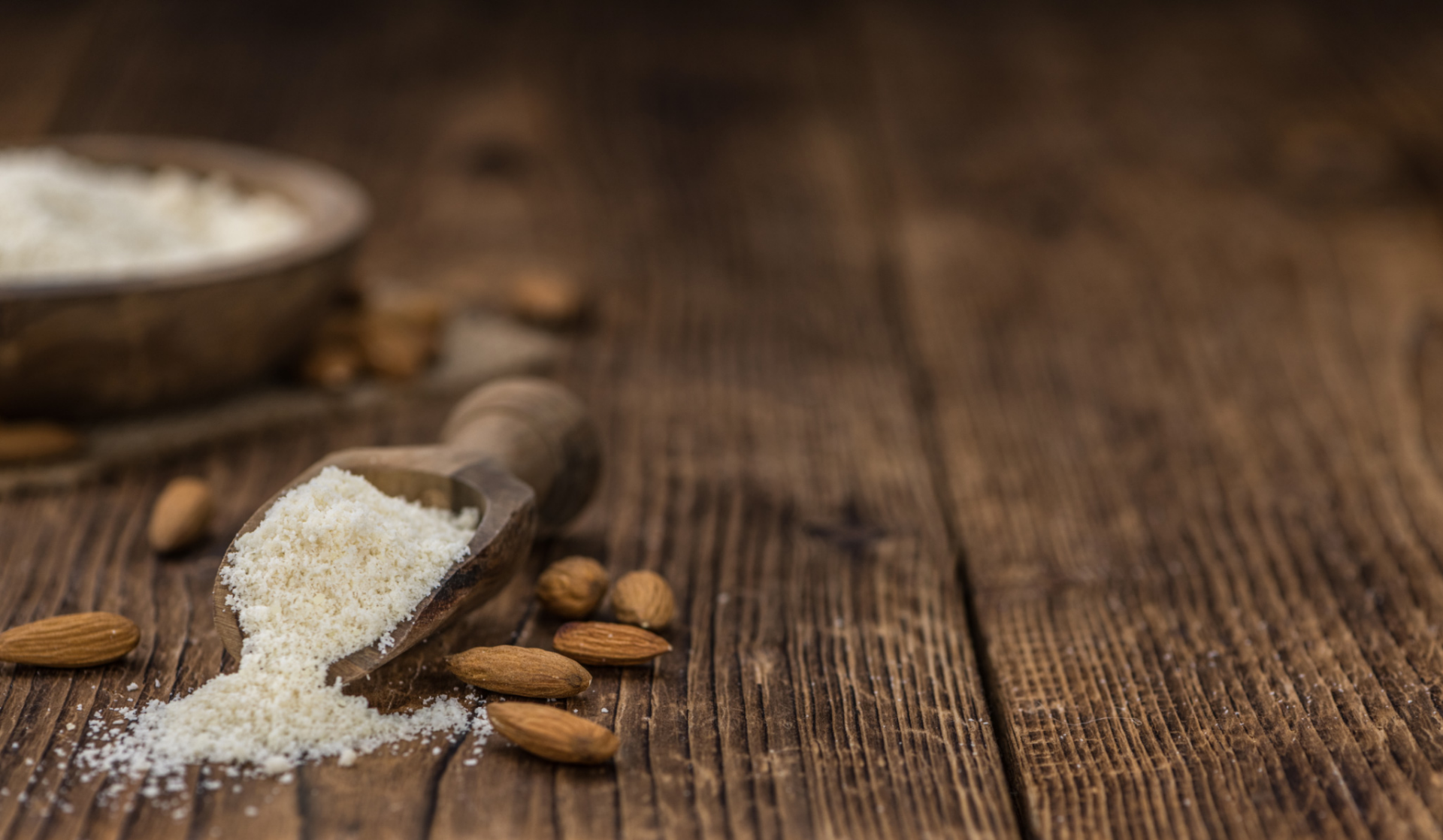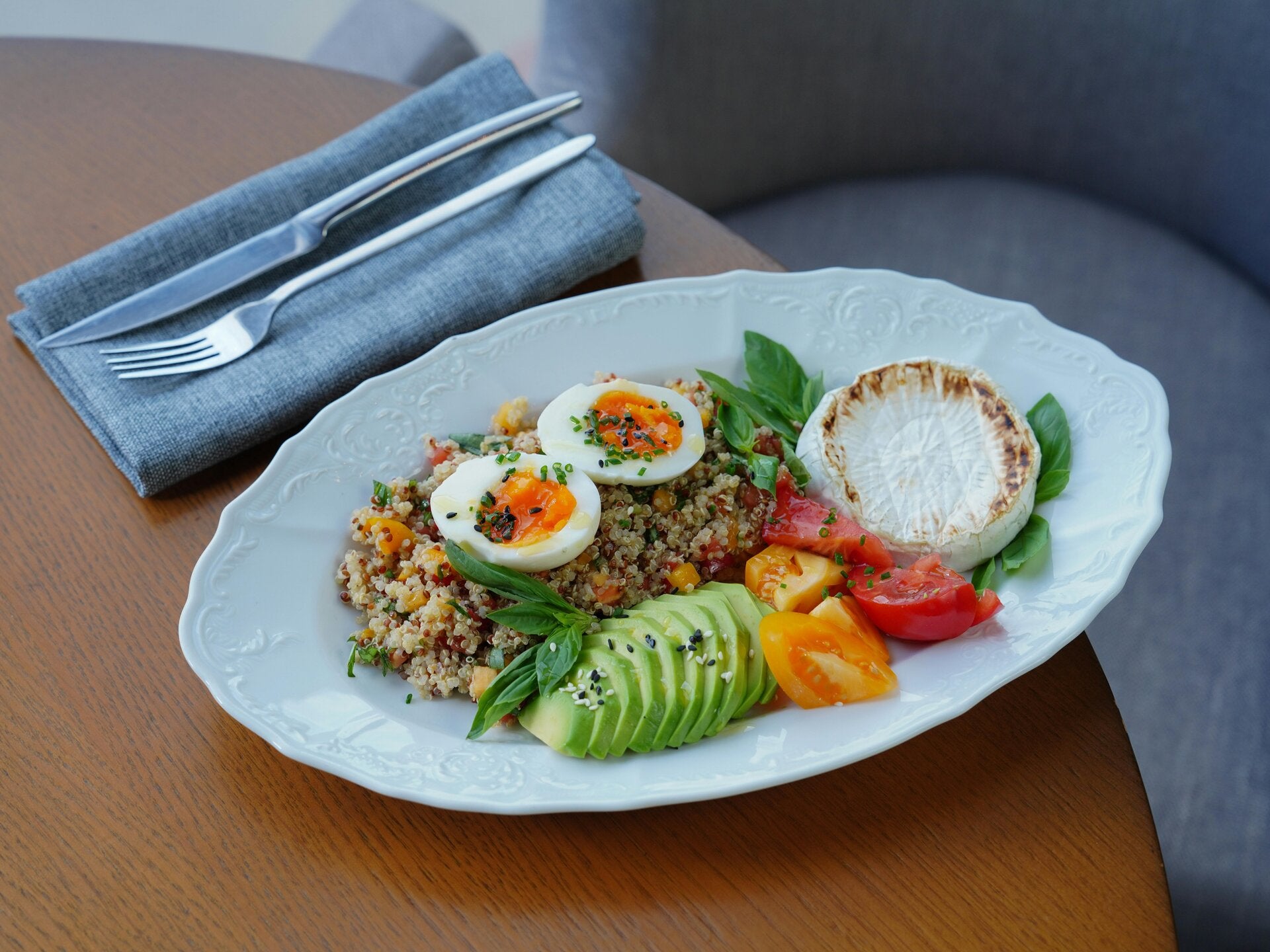Gluten-Free Made Simple
Hey friends! This week’s blog is all about making gluten-free eating simple and stress-free. I’m breaking down different gluten-free brands and products that are easy to add into your routine. Whether you’re totally gluten-free or just curious to try a few swaps, this post is packed with ideas I can’t wait to share with you!

Why I went Gluten-Free and the Impact
To give you some background, my journey with gluten-free eating really started with my grandfather, a true celiac warrior. Growing up, he was never tested, which meant years of unexplained weight fluctuations and painful stomach issues. It wasn’t until I became friends with someone who had celiac that we finally connected the dots. That led him to get tested, and sure enough, he was officially diagnosed.
Since celiac disease is genetic, I know it’s likely part of my own story too. While I haven’t been able to undergo proper testing yet, I started experimenting with gluten-free eating back in high school. At first, I didn’t take it very seriously, but by the time I reached college, I committed and the difference was incredible. I noticed weight loss in my face and body, more energy, less brain fog, and better digestion overall. Before going gluten-free, I dealt with extreme bloating, nausea, and constant stomach struggles. Making this change has been life-changing for me, and it’s why I’m so passionate about sharing it with you.

Celiac vs Gluten-Intolerance
A lot of people use the terms celiac and gluten intolerance interchangeably, but they’re actually very different conditions. Celiac disease is an autoimmune disorder. When someone with celiac eats gluten, their immune system attacks the small intestine, leading to long-term damage, nutrient malabsorption, and serious health issues if left untreated. Even tiny crumbs of gluten can trigger a reaction. Gluten intolerance (or non-celiac gluten sensitivity), on the other hand, doesn’t cause the same immune response or intestinal damage. Instead, it leads to uncomfortable symptoms like bloating, brain fog, fatigue, or stomach pain after eating gluten. While it’s not life-threatening like untreated celiac can be, it can still have a big impact on quality of life. Understanding the difference is important because people with celiac disease need to be strict and avoid cross-contamination completely, while those with gluten intolerance may have more flexibility depending on their body’s tolerance level.

Gluten-Free Flours
-
Buckwheat – Earthy flavor; great for pancakes & hearty breads
-
Quinoa – Protein-rich; ideal for cookies & muffins
-
Rice – Light texture; perfect for cakes & noodles
-
Millet – Mild & slightly sweet; blends well in baked goods
-
Amaranth – Nutty & grassy; best in flatbreads or mixed
-
Sorghum – Mild & soft; adds wheat-like texture in blends
-
Corn – Slightly sweet; great for tortillas & cornbread
-
Teff – Nutty, molasses-like; perfect for flatbreads Nut flours, such as almond or cashew flour, are popular for adding rich flavor and moisture to baked goods. Unfortunately, I am unable to use these options due to my extreme nut allergy, so I stick to other gluten-free flours for safe baking.

Gluten-Free Snacks/Brands
-
Glutino – Pretzels, cookies, crackers (personally I think their yogurt covered pretzels are the best)
-
Schar – Bread, cookies, crackers, snacks
-
Sweet Loren’s – Cookie dough, baking mixes
-
Daiya – Cheese alternatives, pizzas, snack bites
-
BetterGoods – Cookies, muffins, snack bars
-
MadeGood – Granola bars, mini cookies, snack packs
-
Chex – Gluten-free cereals and snack mixes
-
Purely Elizabeth – Granola, bars, oatmeal
-
Katz – Cookies, crackers
-
Barilla – Gluten-free pasta
-
Garofalo – Gluten-free pasta
-
Enjoy Life – Cookies, snack bars, baking chocolate
-
Boomchickapop – Popcorn (plain and flavored)
-
Angie’s – Sweet & salty kettle corn
-
Lenny & Larry’s – Protein cookies
-
Pamela’s – Baking mixes, cookies, crackers
-
Udi’s – Bread, muffins, bagels, granola
-
Simple Mills – Crackers, cookies, baking mixes
-
Hippeas – Chickpea puffs
-
Mary’s Gone Crackers – Crackers, snack mixes
-
Tate’s Bake Shop – Cookies

How Gluten-Free Eating improves Gut Health!
Switching to a gluten-free diet can have a big impact on your digestive system, especially for those sensitive to gluten. By removing gluten, many people notice reduced bloating, less stomach discomfort, and improved regularity. Gluten-free eating often encourages incorporating naturally wholesome, fiber-rich foods like fruits, vegetables, and whole gluten-free grains, which help feed healthy gut bacteria. Over time, this can support better digestion, reduce inflammation, and promote overall gut balance helping you feel lighter, more energized, and more comfortable after meals.
Gluten Free Made Simple
Gluten-free eating doesn’t have to be complicated. Whether you’re managing celiac disease, a gluten sensitivity, or just exploring how gluten-free foods make you feel, this lifestyle can be approachable and enjoyable with the right knowledge. It’s about more than just swapping ingredients it’s learning which grains and products naturally work for you, discovering new brands that fit your needs, and understanding how gluten-free choices can support your overall health. My goal is to help make that process simple, clear, and a little more exciting, so you feel confident navigating the gluten-free world.


My Wake Up Call
When I first started eating gluten-free, I thought it would just mean swapping my bread for a “healthier” loaf. Simple, right? Not even close. I quickly learned that gluten hides in the most unexpected places like soy sauce, salad dressings, even some brands of potato chips. One of my first grocery trips ended with me standing in the aisle for 30 minutes, flipping labels and feeling completely overwhelmed. But that struggle is exactly what pushed me to dig deeper and find simple swaps that actually worked. Now, instead of stress, I see those moments as stepping stones that led me to a healthier, easier way of eating that I get to share with you here.
Eating out in Farmville
Eating gluten-free while balancing school and a social life in Farmville is easier than I first thought. Several local spots make dining out both enjoyable and safe. At Chick-fil-A, I usually go for the Grilled Chicken Nugget Meal with fries a simple, quick, and reliable option. Charley’s Waterfront Café offers dishes like the Grilled Salmon and Grilled Chicken Breast, which can be enjoyed gluten-free, and their staff is attentive to dietary needs. The Fishin’ Pig also has gluten-free platters, including the Grilled Chicken and pulled pork platters, giving plenty of options for a relaxed meal with friends. Some tips I’ve learned: check menus online before you go, ask about sauces or dressings, and don’t hesitate to request swaps. Carrying a small gluten-free snack for unexpected hangouts can be a lifesaver. With a little planning, eating out in Farmville can be stress-free, social, and even fun.

Next Week
Next week, we’re taking non-toxic living beyond the kitchen! I’ll show you simple swaps for everyday products from personal care items to household essentials that make a real difference for your health. You’ll get practical tips and product recommendations that are easy to use and safe for the whole family. If you’ve ever wondered how to reduce toxins in your daily routine without feeling overwhelmed, this post is for you. Stay tuned it’s packed with tips you can start using immediately!
Don’t forget to vote on how helpful you found this post and check my Instagram and Facebook pages for bonus tips throughout the week.
